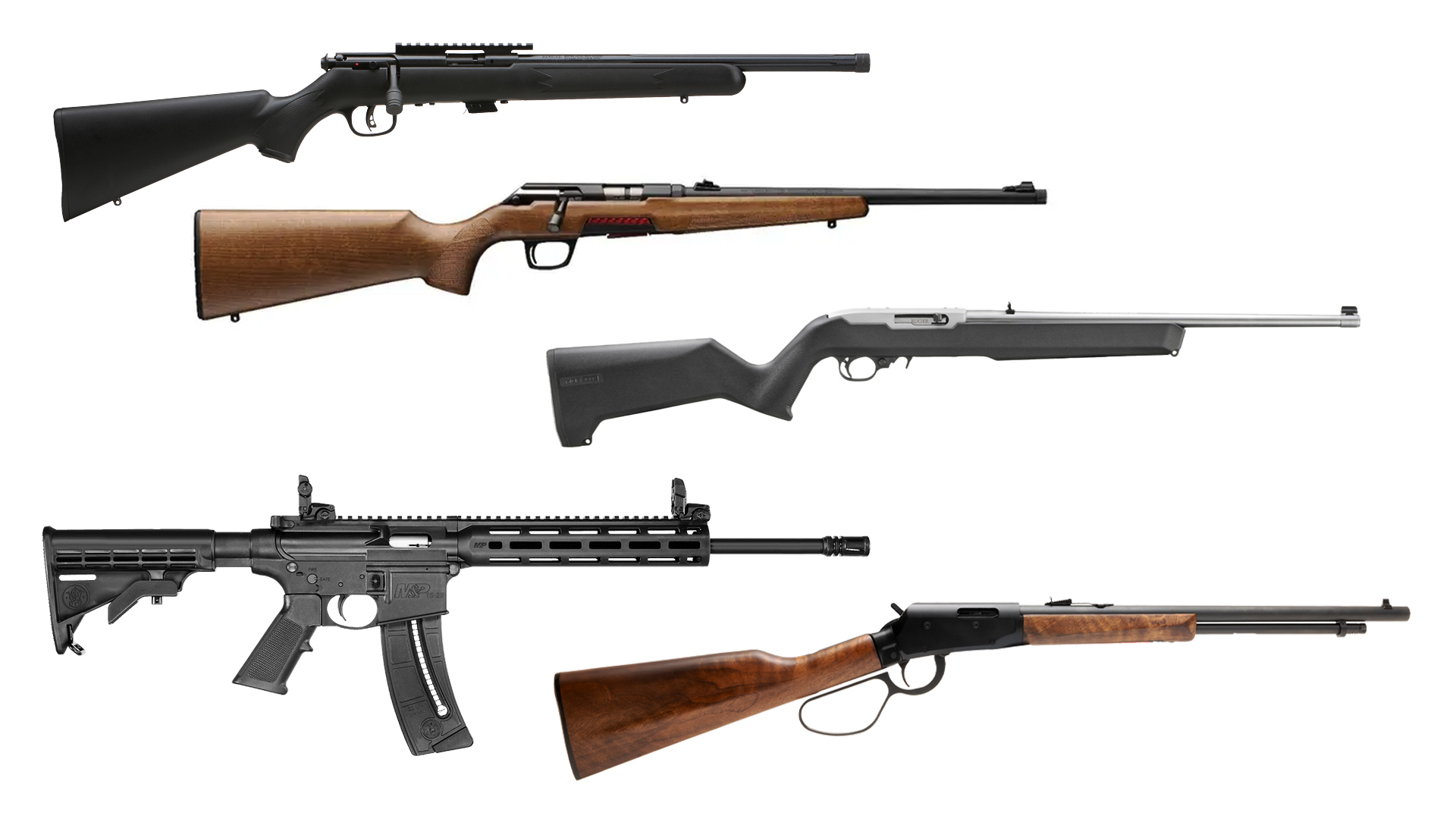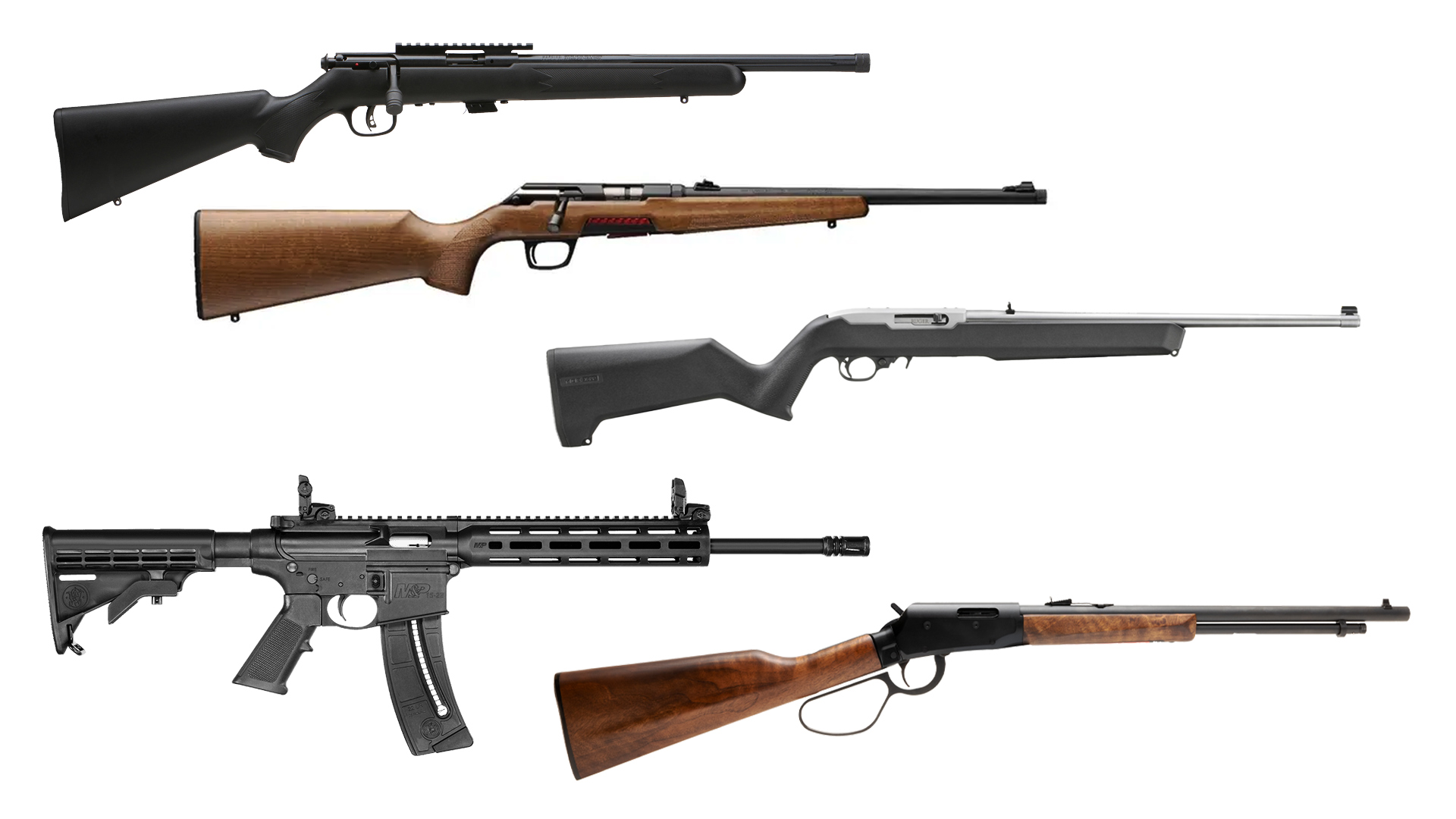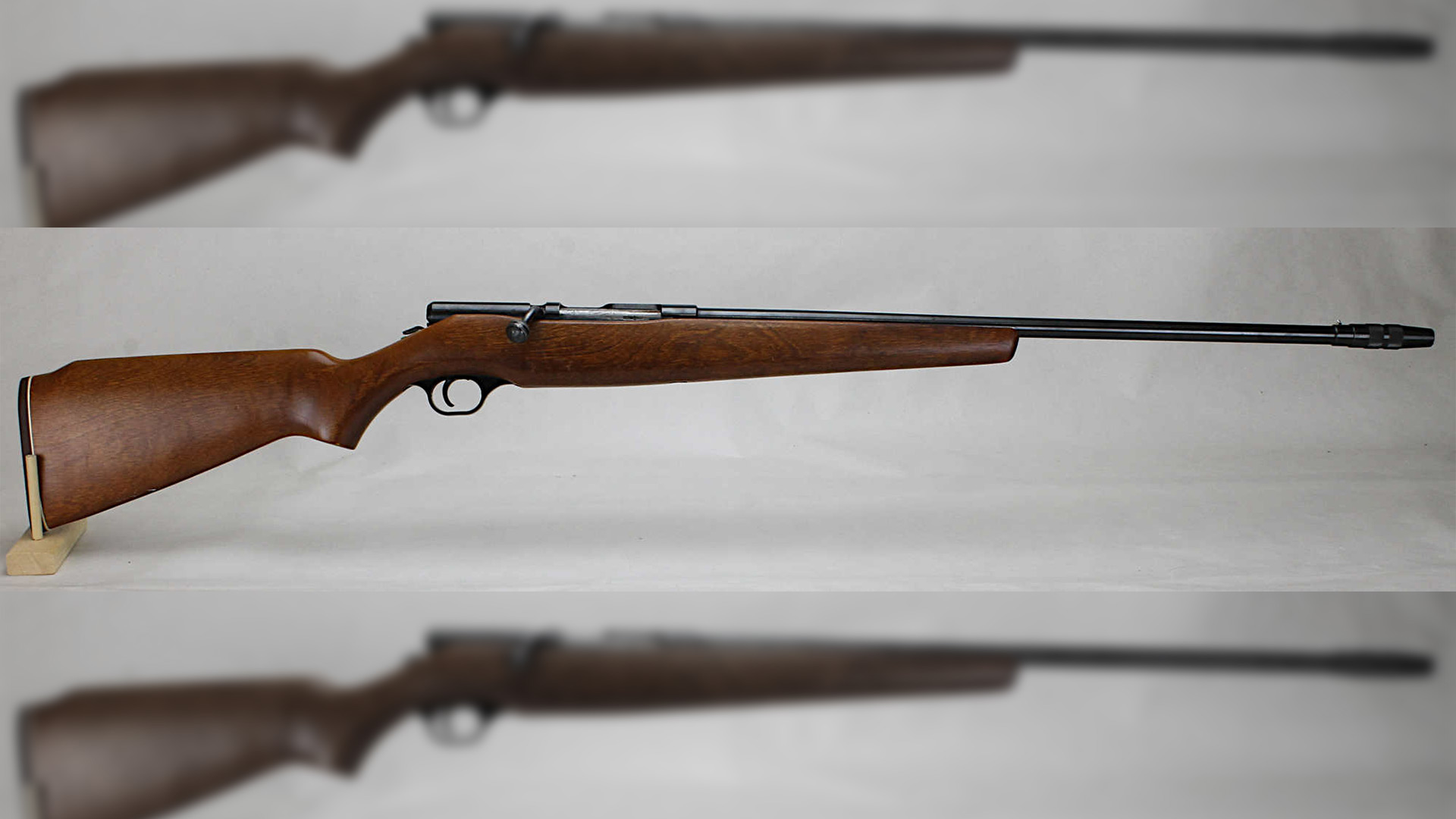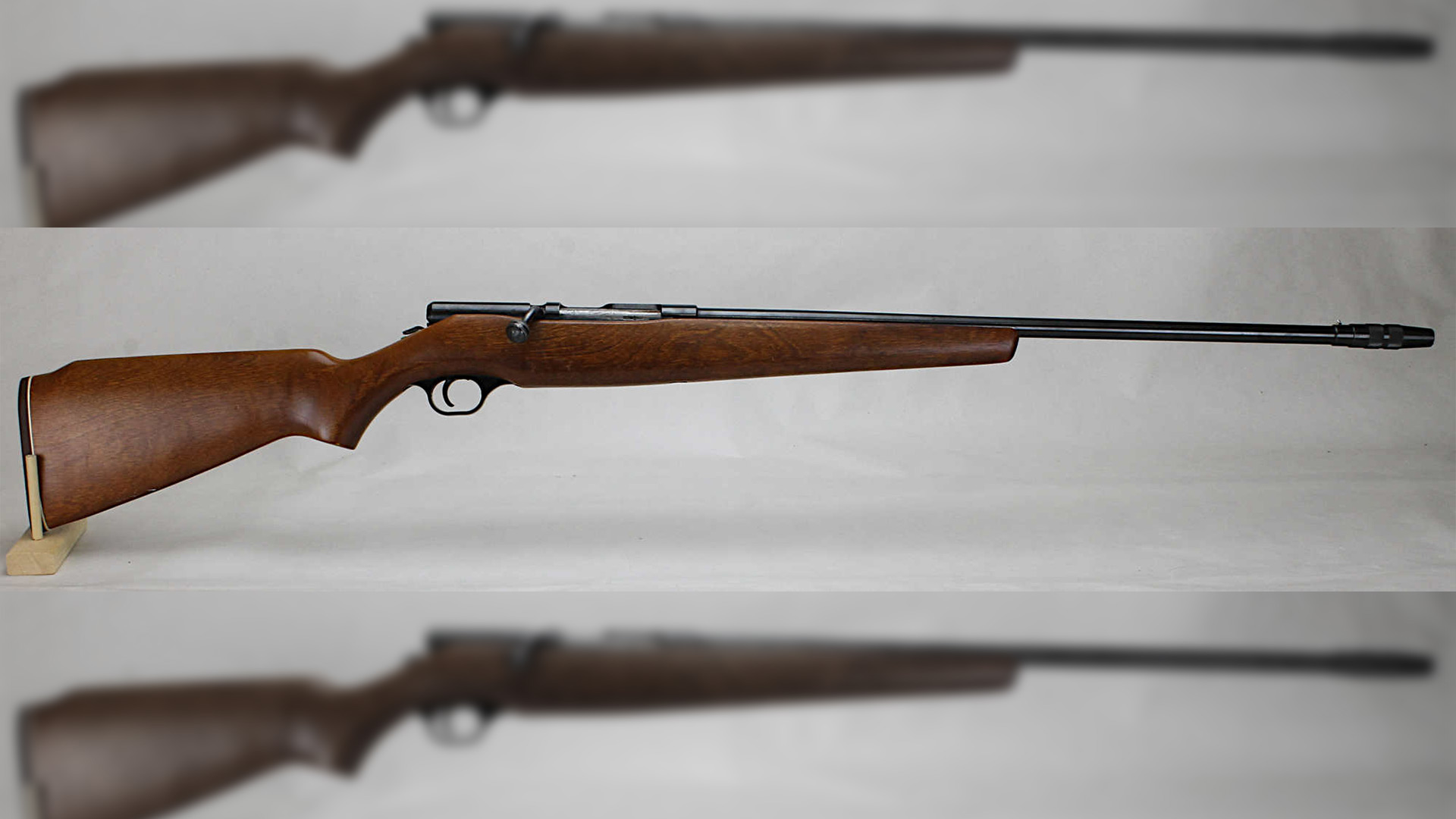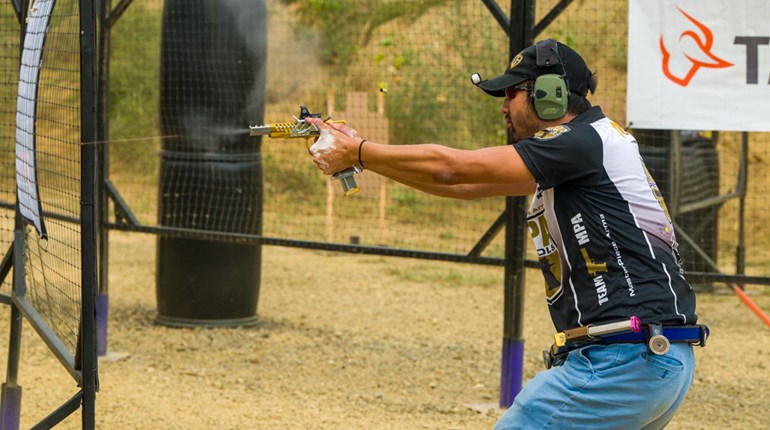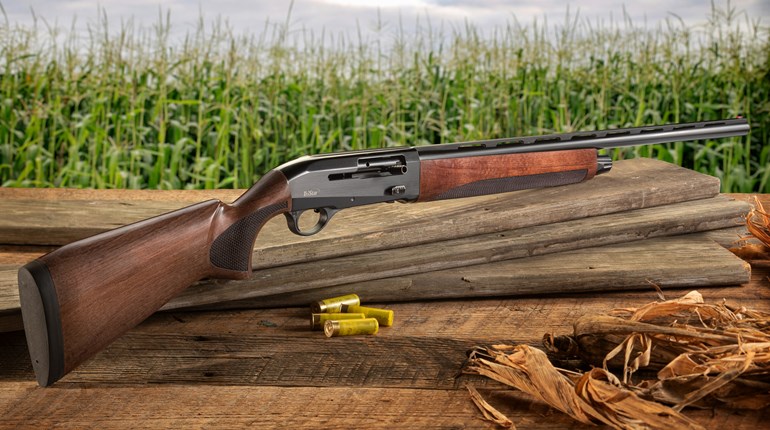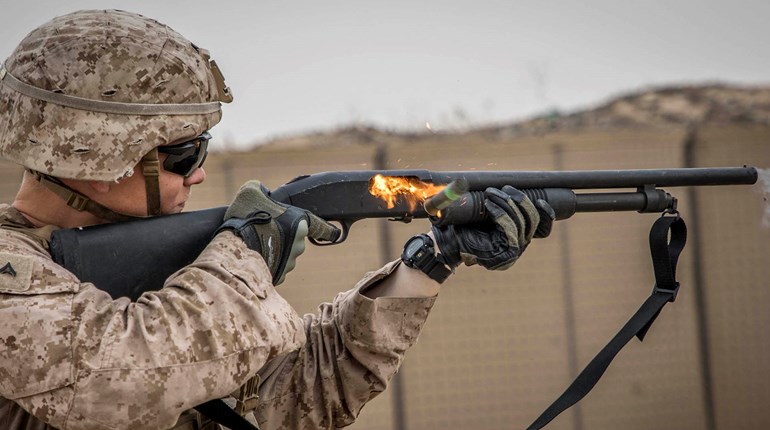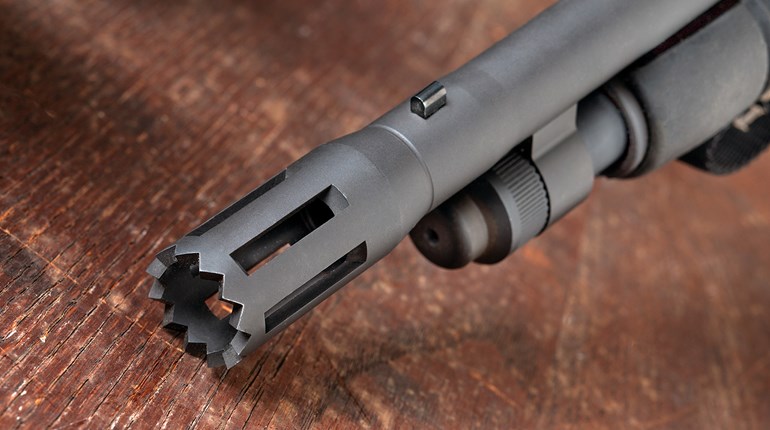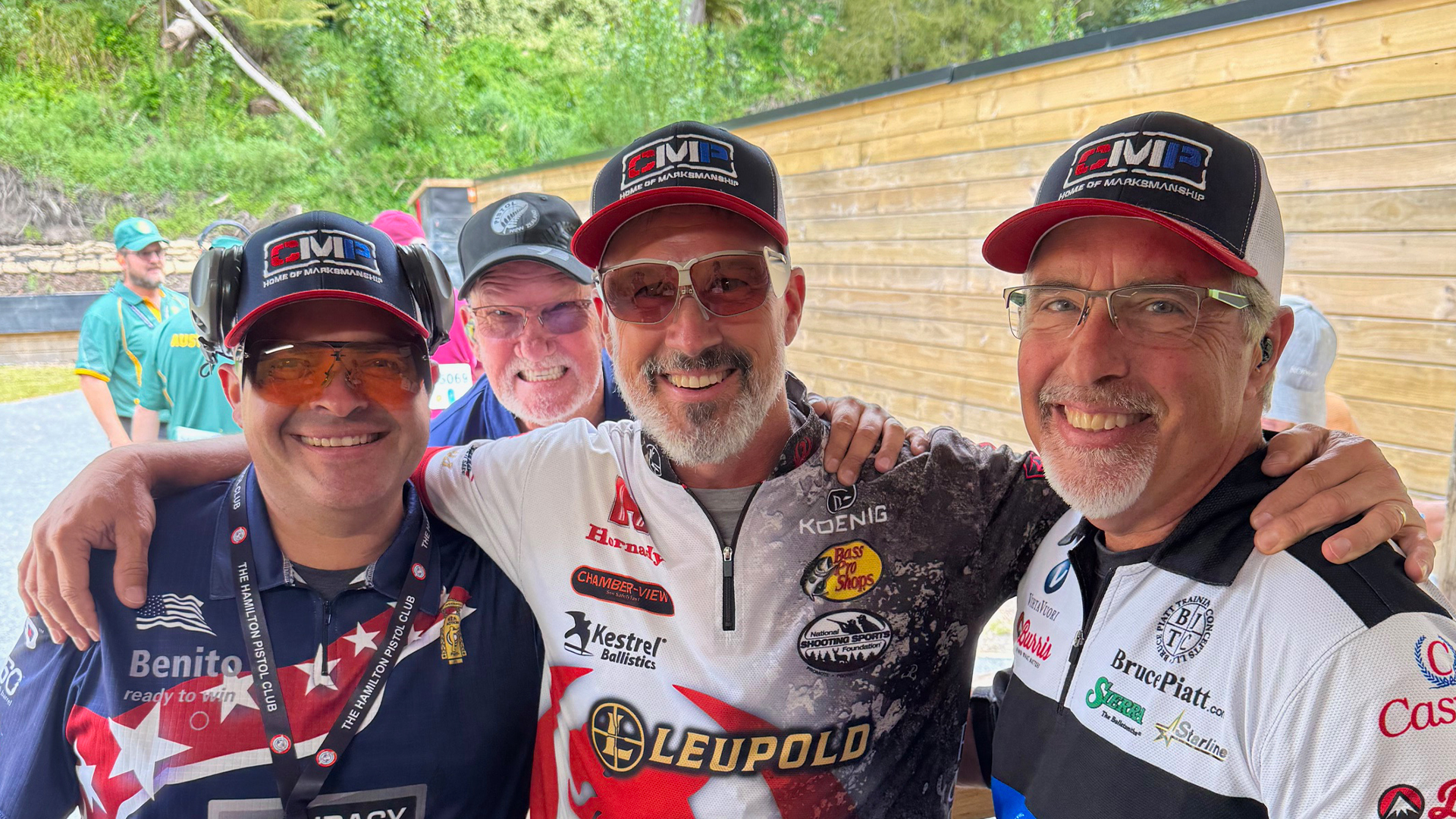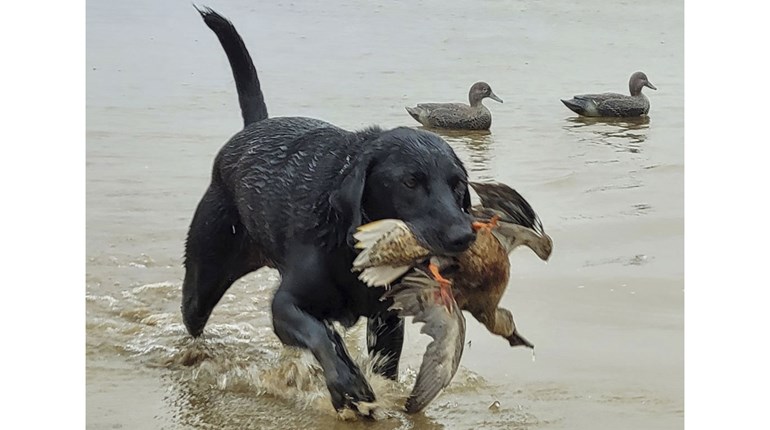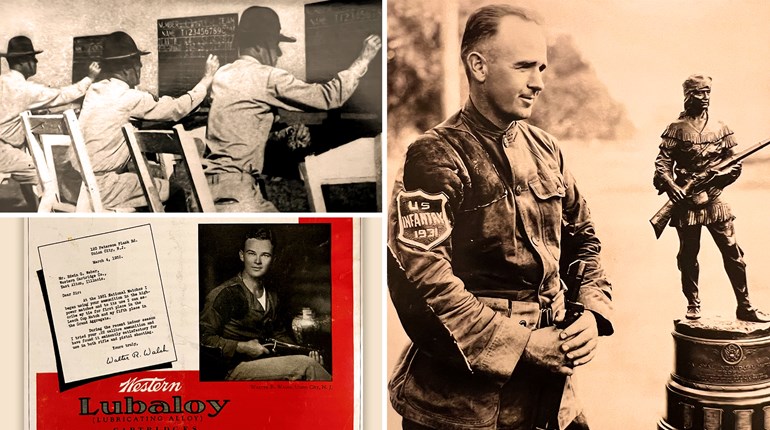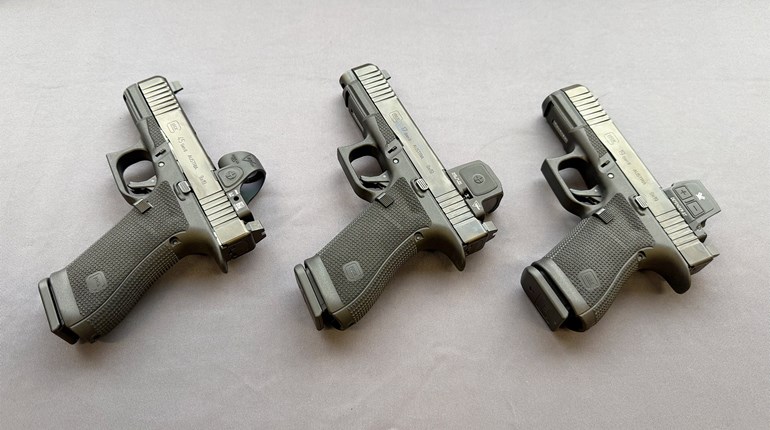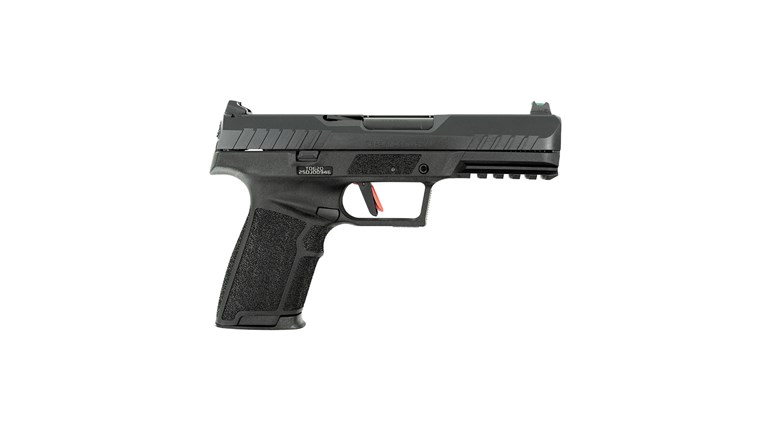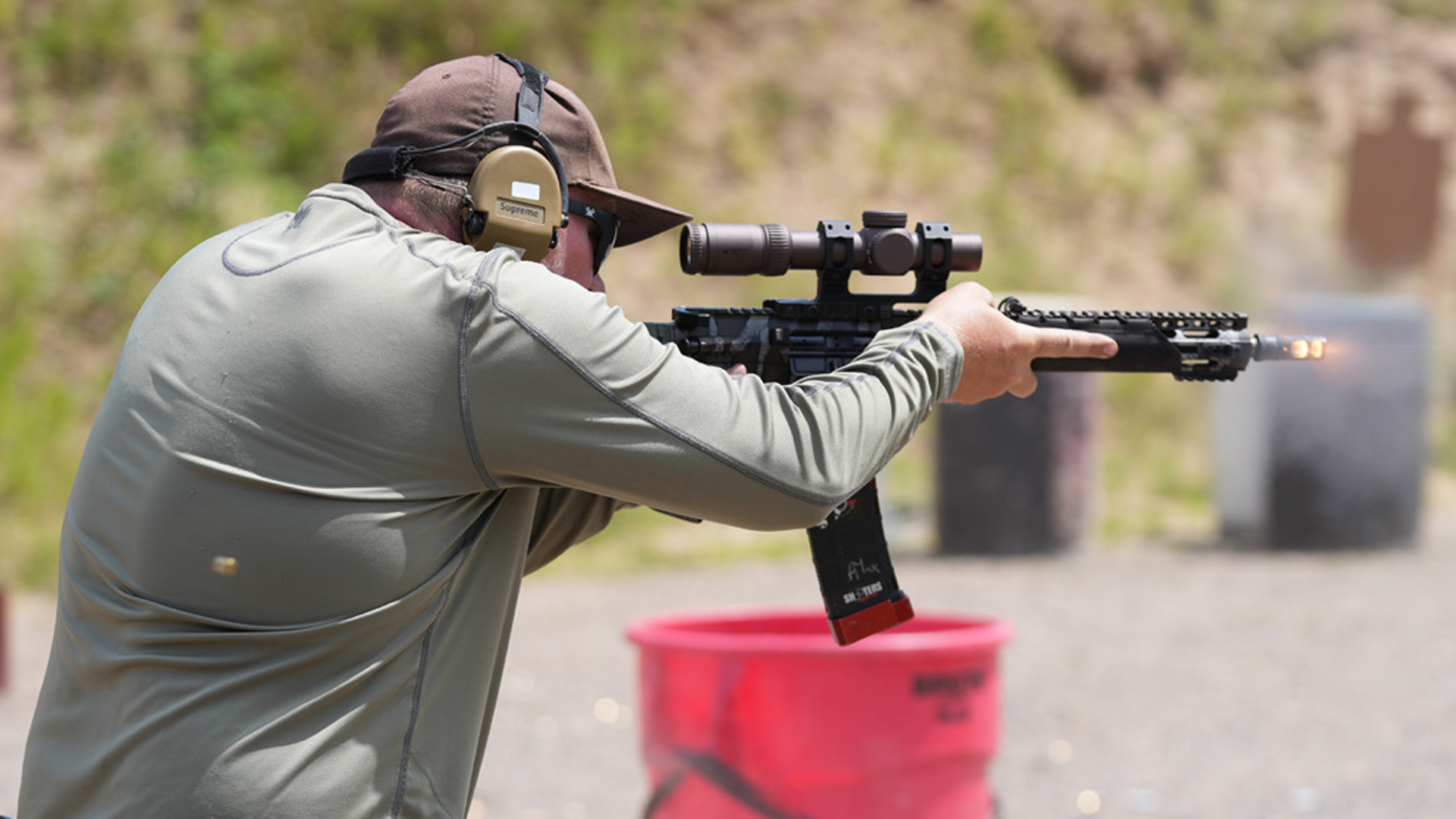
To date, despite representing all disciplines of IPSC in the United States, USPSA has primarily been a handgun-centric organization. The road to the IPSC Handgun World Shoot is paved crisply with yellow bricks. With few—if any—long gun matches active in the United States under the USPSA banner, the selection process for the Rifle and Shotgun World Shoot teams probably couldn’t even be accurately described as a goat path. To date. I don’t know that anyone fully understands how the teams were picked; in the Foley years and since then, it has been a looming deadline homework assignment to pick the teams every time. As backward of a process as it was though, what did they have to go on?
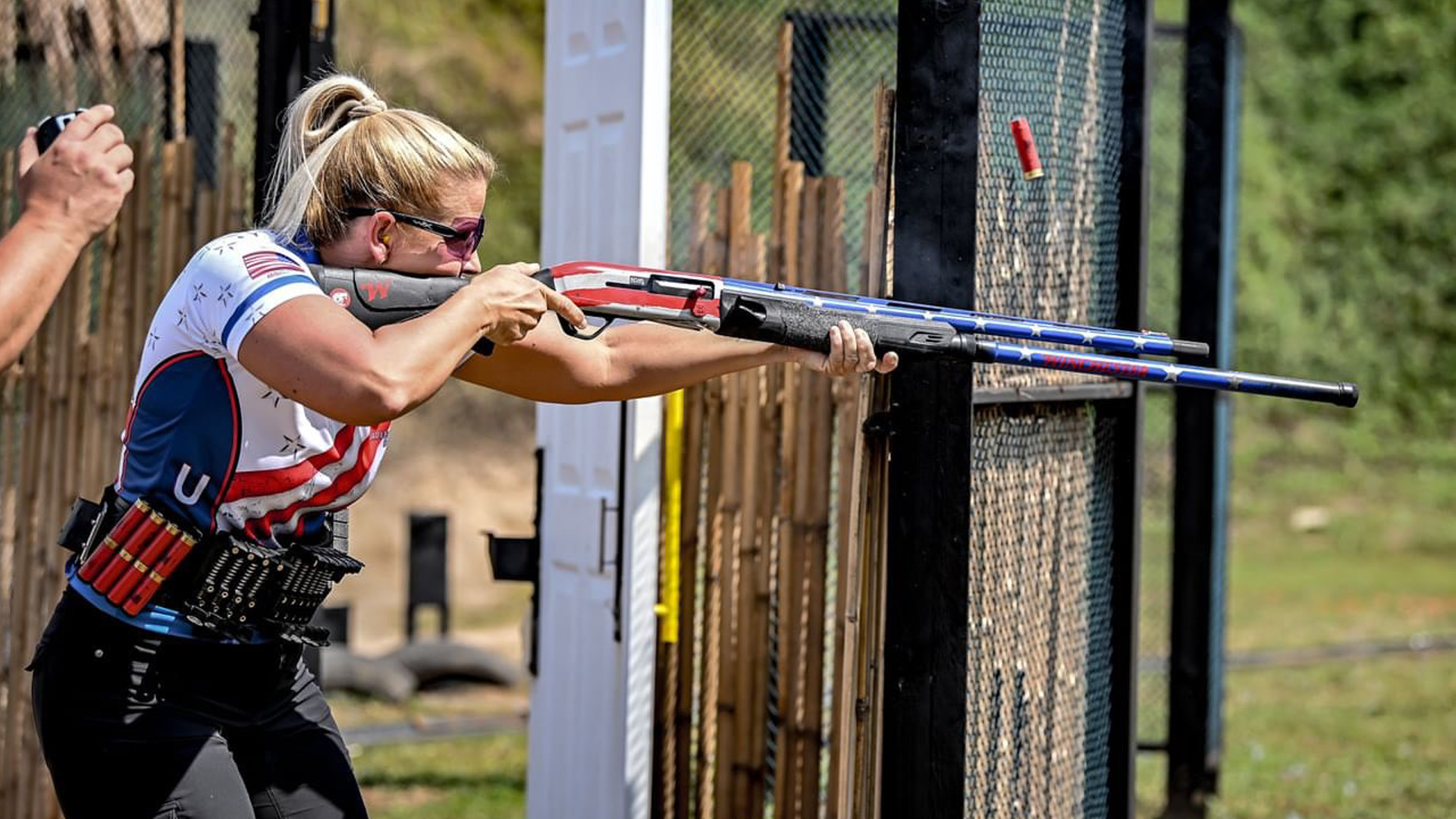
When I became involved with the USPSA Multigun program, one of the first things I took interest in improving was at least a peer-based selection, if not a merit-based pipeline. The original idea for selecting the 2024 IPSC Rifle World Shoot team was a three-event series. One of those events fell through, a deadline rendered another irrelevant—and once again, a deadline loomed over a stack of applications. It was decided that the best we could do at the eleventh hour was to assemble a committee from the multigun community, which in and of itself was an improvement from previous selections.
Finding a quorum of objective folks with knowledge of the players was no small task, either. To say several hours was spent on the process of actually evaluating and debating the selection would be an understatement. The Zoom calls themselves spanned six time zones to reach committee members parked on shoulders of roads and in the hallways of tradeshows, people who—with few exceptions—were not themselves seeking to go to the IPSC Rifle World Shoot. Whatever the thoughts are on that process, the resulting teams did quite well at the match. While not perfect, it was an improvement.
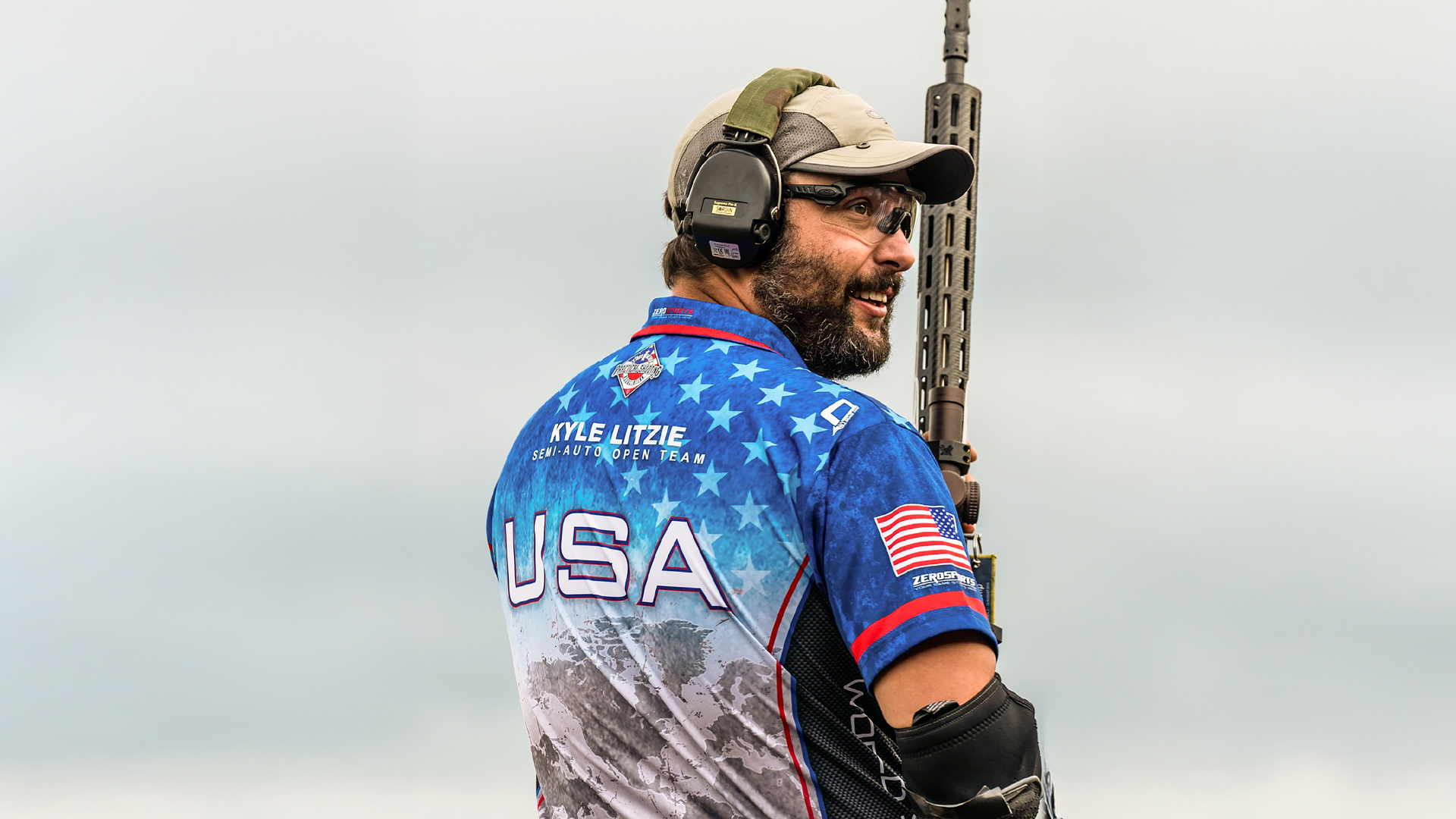
A single person could probably not be found that would disagree that USPSA should have a series of four to five events to select the teams. However, like my dad always used to tell me growing up: in a volunteer organization, there is never a shortage of what he coined, “Good ideas that someone else should do.” Matches … great—who wants to put them on? USPSA has been consistent in saying it wants to use Level 2- or Level 3-affiliated matches based upon either the USPSA Multigun or IPSC Shotgun/Rifle rules. Any USPSA club can submit Form C to hold one of these matches, and I don’t see anyone standing in the way of them happening. It’s simply a question of who wants to do one and follow through on the process. Pick a date. Pick a ruleset. Submit the application.
From a promoter’s standpoint, going into 2025, it’s a target-rich environment. Competitors are begging for opportunities to earn roster spots and practice under match conditions. At this point, any club that decides to hold a shotgun- or rifle-only event puts themselves squarely into must-attend status for Team USA candidates. The risk is, how much demand is there? Any club that throws a sectional pistol championship or major three-gun match has a decent projection of turnout based upon historical precedent. To develop a series from scratch is a big leap of faith for a promoter. The reason for so few events the last go-around is that only two promoters stepped up to commit to a date.
From a shooter’s prospective, if one is seriously looking to prove themselves as one of the top four in a division or category in the country to be picked for the team, it is advisable to be at every or as many events within that discipline as possible, defined process or not. One of the biggest challenges of the selection committee was that applications were apples and oranges comparisons. Some folks had ISPC experience, some did not. Some had track records in the discipline they were applying for, and others did not. Some competitors were from different parts of the country and had never gone head-to-head in the same matches. How do these competitors compare? Who is to say? If simply going to the IPSC World Shoot match is the goal, that’s easy. Usually there are more unused slots than people who want them. It’s just a matter of money. When the second allocation comes around: sign up and pay, you are in. To be selected for Team USA, there are a finite number of seats. If one wants one of those, it’s advisable that they “Make Ready” at every opportunity to put down a score.
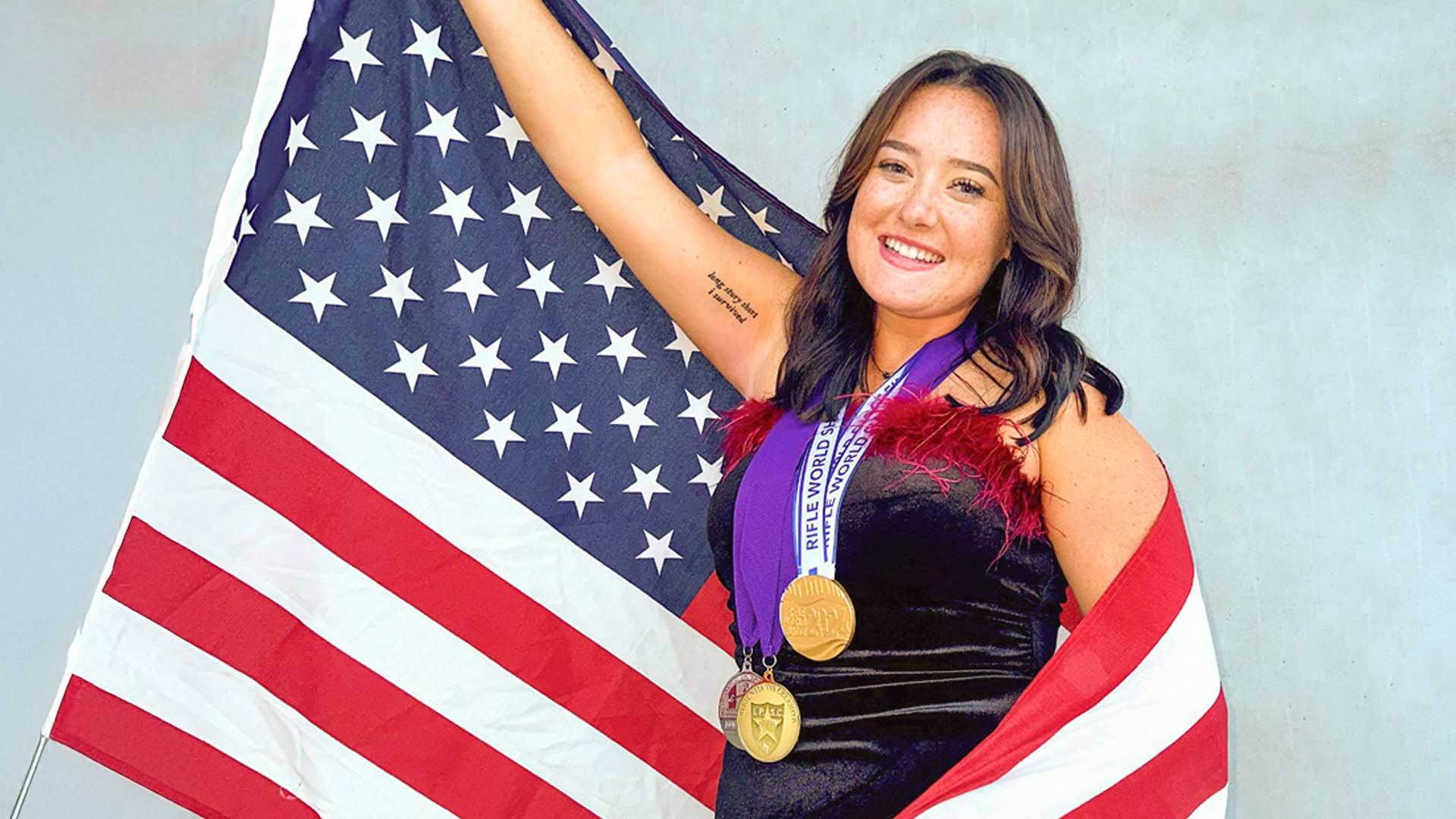
Since other countries actually hold single-gun events on an ongoing basis, they don’t have this problem. They look at the scores and run down the list from top to bottom. The other thing they can do—and our federation would be smart to do this as well—they move athletes around on their roster. For example, in the U.S. for the IPSC Rifle World Shoot, about 95% of the applicants were for the Open team. The committee really had to scratch their heads to put together any standard teams. At that late date, few athletes want to switch equipment, even if it means getting on the team versus not (which was the case).
If, as we approach an IPSC World Shoot, we know we have a lopsided amount of talent, a Team Captain-type figure could approach someone on the list and say, “Hey, we know you have your sights set on X division. Right now, you aren’t ranked high enough to make the team or be an alternate. Would you be willing to switch gears and prepare to shoot Y Division?” With enough time to prepare, I bet a lot of athletes would take that deal. This is another reason to expand the format beyond just selection years.
One of my colleagues in the industry, Jeremy Gresham, put it best, “Single long gun format matches are the single biggest missed opportunity in the action-shooting sports.” This problem is very “chicken and the egg”, though. Clubs and promoters are hesitant to put on events because there is no established demand. At the same time, shooters can’t show support for the format because there are few—if any—matches to sign up for.
If you want a match in your area, get behind your local club and put one on. If you want to be picked for Team USA in 2026 or 2027, don’t pass up an opportunity to put scores on the board at the few events there are. The best place to find this information is on the match schedule at uspsa.org. This year is a selection year for the IPSC Shotgun World Shoot in Greece 2026. I’ll see you there—every chance I get.
Article from the January/February 2025 issue of USPSA’s magazine.



